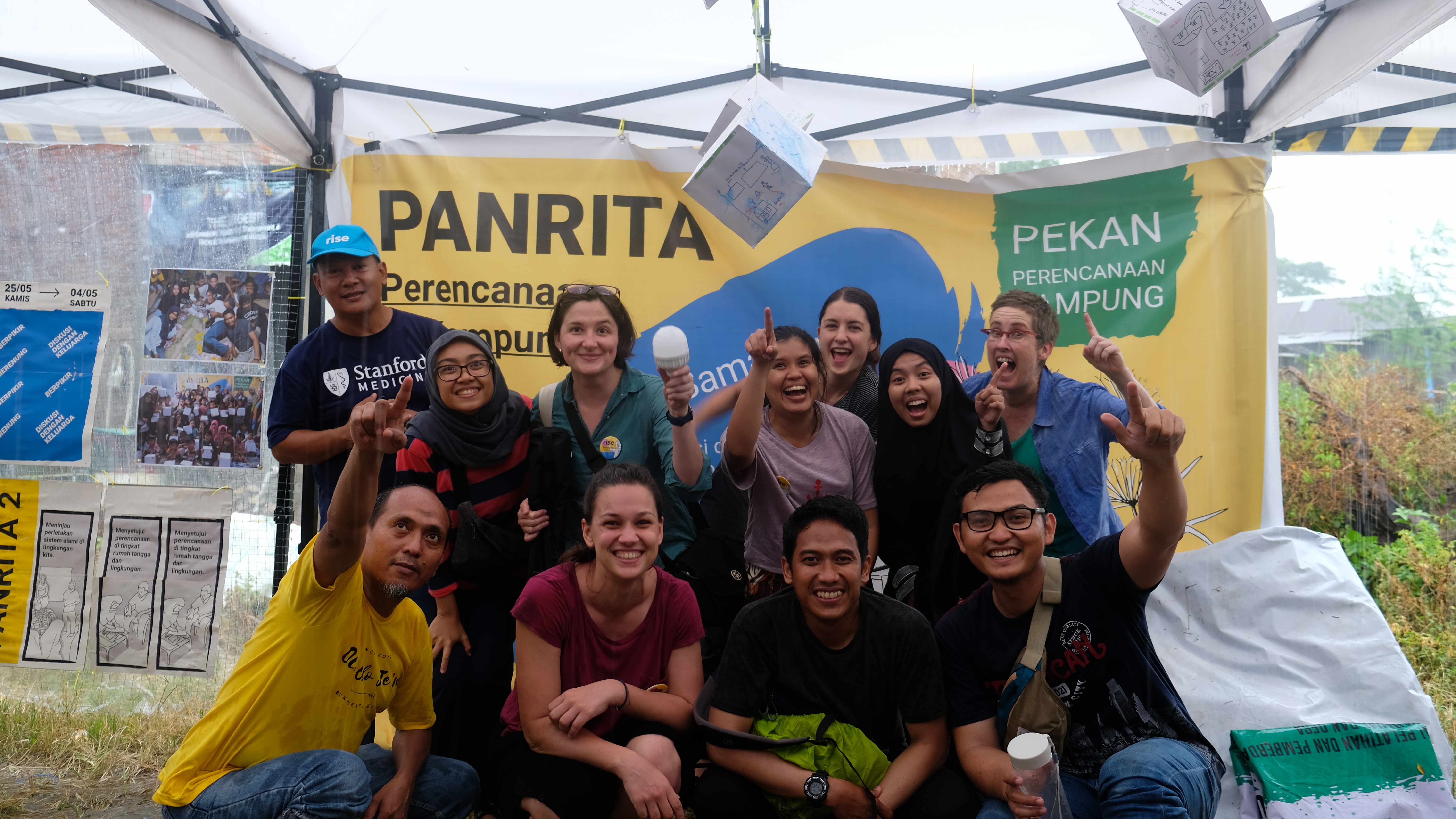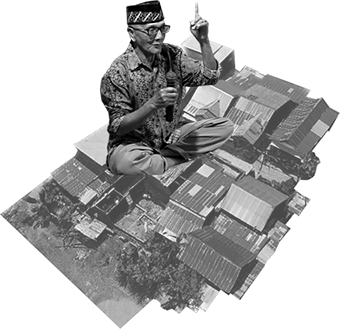
Perhaps it is not surprising
that we are entangled with water. It seems as though we are so entangled that
we forgot what came first – the water, or the infrastructure that designed our
entanglement. The idea of infrastructure as a thing is common – we have been designing pipes, toilets, septic
tanks, water tanks and basins for decades. But infrastructure is simultaneously
a relation between people and
territory, people and nature, power and access, houses and bodies. Like the
shapes of water – steam, ocean, mist, foam, holding fish, containing plastics,
carrying sharks, cold, hot, oily, solid, ice, in the soil, in the air, in the
bucket, swamp, river, tea, mineral, urine, rain, aquifer – we need to learn how
to transform our design approaches to infrastructure.
This website represents a glimpse into the ethnographic and design research around infrastructure, water, sanitation and informal settlements. It provides a specific view into the design process of water sensitive infrastructure in informal settlements in Makassar, Indonesia. Entangled with Water is a result of doctoral research within the Revitalising Informal Settlements and their Environments Program, between 2018 and 2021. It presents some of the key outcomes of this research and seeks to complement the written exegesis by also providing an insight into personal experience of designing and implementing the constellation of participatory design workshops across time and locations.
The material on this website seeks to expand a design
process traditionally confined to a desk of an engineer. Here, the desk is
multiplied and enlarged; it travels between locations and through time, and it
changes its features to enable the capture of diverse perspectives: from men,
women, youth, children, pipes, pumps, toilets, lorongs*, pamali*,
wetlands, engineers, architects, scientists and funders.
Entangled
with Water seeks to open a discussion about the participation of designers and architects
in global challenges, beyond temporary installations and experiments, on the
ground, with real people and places. What is their role in caring for the
ecosystems and people of the future? A single, simple answer to this does not
exist; rather, this website proposes reflective approach and attention to
detail, from one conversation to another. It is a glimpse into the microcosmic realm
of operation where, to design a 300 m2 wetland, every 25 cm of land
needs to be negotiated.
The website was created by Dasha Spasojevic, PhD researcher at Monash Art Design Architecture (MADA) in Melbourne, Australia.
The work on the participatory design framework (Panrita) is a collaborative project in which many people were involved, mainly: Liza Marzaman, Nur Intan Putri, Noor Ilhamsyah, Adrianto Hidayat, Ihsan Latief, Diego Ramirez-Lovering, Matthew French, Michaela Prescott, and Kerrie Burge.
The narratives for the videos were read by Salila O’Connor, Rosario Cassaniti, Patricia Bimboese, Fiona Barker, Jeremy Dore, Alicia Solofa, Trish Cahill, Nick Mason and Olga Swiderska.
![]()
The website was created by Dasha Spasojevic, PhD researcher at Monash Art Design Architecture (MADA) in Melbourne, Australia.
The work on the participatory design framework (Panrita) is a collaborative project in which many people were involved, mainly: Liza Marzaman, Nur Intan Putri, Noor Ilhamsyah, Adrianto Hidayat, Ihsan Latief, Diego Ramirez-Lovering, Matthew French, Michaela Prescott, and Kerrie Burge.
The narratives for the videos were read by Salila O’Connor, Rosario Cassaniti, Patricia Bimboese, Fiona Barker, Jeremy Dore, Alicia Solofa, Trish Cahill, Nick Mason and Olga Swiderska.
The work on the participatory design framework (Panrita) is a collaborative project in which many people were involved, mainly: Liza Marzaman, Nur Intan Putri, Noor Ilhamsyah, Adrianto Hidayat, Ihsan Latief, Diego Ramirez-Lovering, Matthew French, Michaela Prescott, and Kerrie Burge.
The narratives for the videos were read by Salila O’Connor, Rosario Cassaniti, Patricia Bimboese, Fiona Barker, Jeremy Dore, Alicia Solofa, Trish Cahill, Nick Mason and Olga Swiderska.


